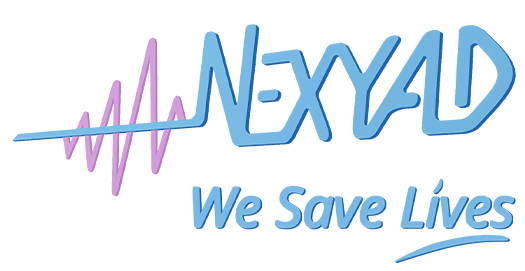Les Compagnies d’Assurances, les Constructeurs Automobiles et leur équipementiers ont tous des raisons pour mesurer le comportement du conducteur. Cela a déjà commencé, avec les boîtiers des assureurs dans le cadre du fameux « pay how you drive » : l’idée des compagnies d’assurance automobile est de moduler les tarifs en fonction de la dangerosité des conduites : un boîter embarqué dans le véhicule (ou une App sur le smartphone du conducteur) note le style de conduite (en utilisant les accéléromètres intégrés dans l’électronique), et lui attribue un degré de risque d’accidents.
Or, le style de conduite (exemple : freinages sévères, ou au contraire conduite coulée) n’est pas corrélé au risque d’accidents. Cela a été démontré formellement au travers de programmes de recherche collaborative (en particulier dans le cadre du programme national PREDIT sur la Sécurité Routière), et cela correspond aussi au « bon sens » : quelqu’un qui grille un stop sans faire de freinage sévère, sans accélérer comme un fou, tranquillement, à 40 km/h, est extrêmement dangereux et son comportement de conduite est fortement accidentogène, alors qu’il conduit « calmement ».
De même quelqu’un qui ne tient absolument pas compte des passages piétons (y compris lorsqu’un piéton est engagé) et le passent tranquillement sans freiner on un comportement, d’une part interdit par le code de la route, et d’autre part très accidentogène (avec des accidents mortels car il s’agit d’accident « véhicule vs vulnérable »).
Tous les boîtiers automobiles actuels qui utilisent le style de conduite comme clé de dangerosité sont donc absolument inefficaces et remontent une information fausse.
Tant qu’on ne rapproche pas le style de conduite du contexte géométrique, géographique, météo, état du conducteur etc …, on ne peux absolument rien conclure d’un style de conduite, à part pour la partie dite « Eco » (plus on conduit brutalement, moins on conserve l’inertie du véhicule, plus on consomme de carburant, et donc plus on rejette aussi de CO2).

To read more : http://www.nexyad-adas.com/archives/2016/01/05/33130831.html






